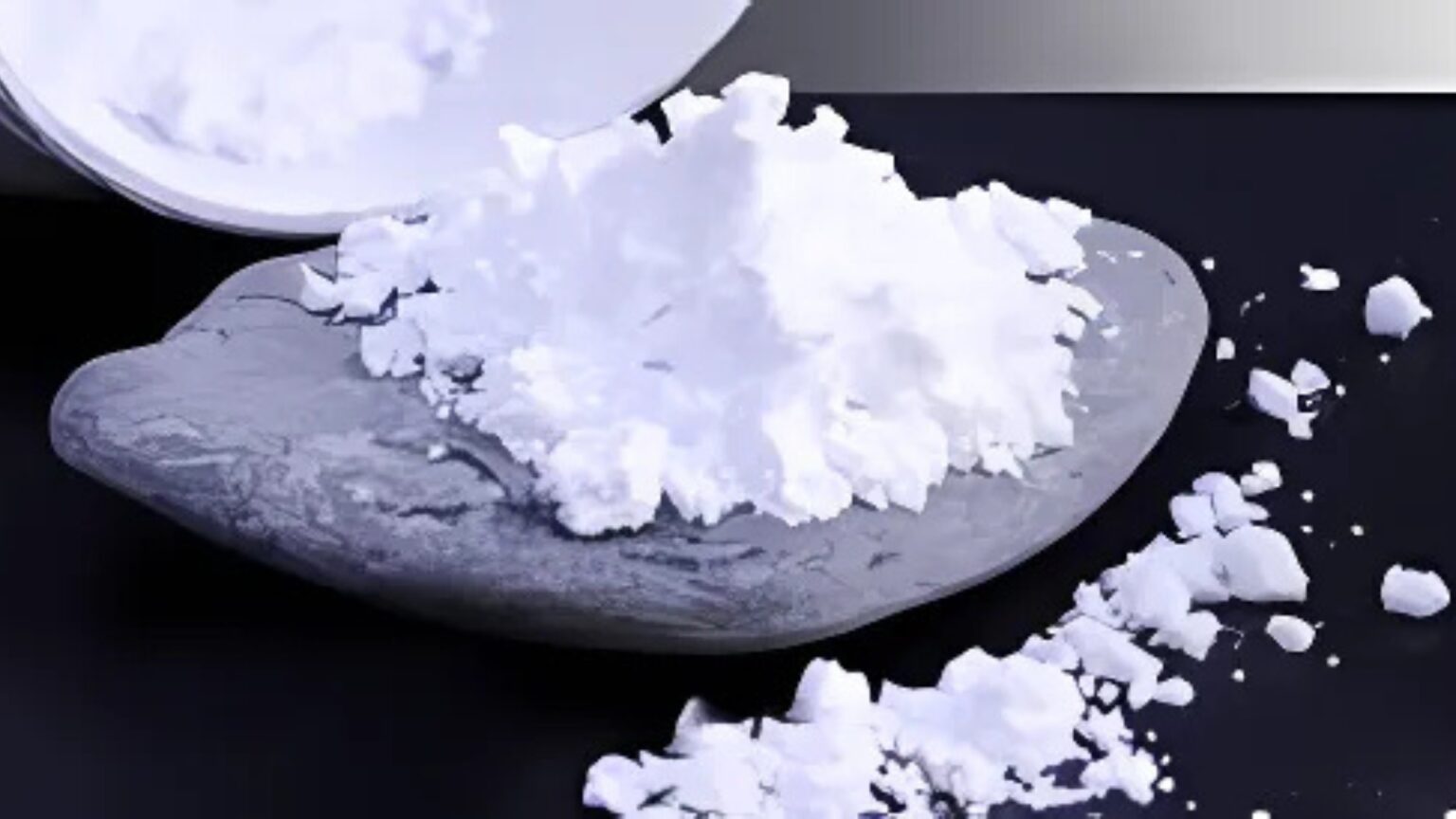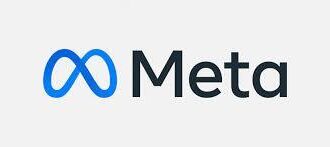Potassium Iodide has become a critical commodity in multiple industries, facing unprecedented price increases due to supply chain challenges. The current market scenario sheds light on how this essential chemical compound has become a priority for manufacturers worldwide. From pharmaceuticals to water purification, Potassium Iodide’s demand remains resilient even in the face of rising costs. Here’s a closer look at the factors driving this surge.
Key Uses and Rising Demand for Potassium Iodide
Potassium Iodide is widely recognized for its diverse applications. The compound is essential in industries such as:
- Pharmaceutical production
- Animal feed supplements
- Photography processes
- Water purification
- Radiation protection
Beyond these, Potassium Iodide has found new roles in electronics and optical materials, establishing itself as a crucial resource for industrial applications. Its catalytic properties also make it invaluable for specialized chemical synthesis, adding to its growing strategic importance in the industrial sector.
European Market Adjusts to Potassium Iodide Price Hikes
In Germany, Potassium Iodide prices have sharply increased. Manufacturers responded to ongoing supply chain issues by adjusting prices to meet demand and balance the disrupted flow of raw materials. With a slight improvement in Germany’s manufacturing sector—its PMI rose from 40.6 in September to 43 in October 2024—industries are cautiously restocking, though supply limitations remain a hurdle.
U.S. Market Faces Tight Supply and High Demand
In the United States, Potassium Iodide prices are climbing due to strong domestic demand and expanding market use. The pharmaceutical sector, a major consumer of Potassium Iodide, has kept procurement steady despite price hikes. This steady demand reflects the compound’s essential role in medical applications, with analysts noting that Potassium Iodide’s importance has only grown in light of its regulatory acceptance in emerging markets.
Chinese Export Challenges and Price Pressures
Chinese suppliers of Potassium Iodide are also feeling the impact of recent market shifts. Severe weather conditions, including typhoons, have delayed port schedules by up to 60 hours, causing significant shipment disruptions. With the strengthening yuan, exporting Potassium Iodide from China has become even more expensive. These factors have contributed to elevated prices for global buyers, further compounding market pressures.
Global Supply Chain Constraints Affecting Potassium Iodide Availability
The Potassium Iodide market is strained by dwindling inventories across key producing nations. This shortage has created a ripple effect in importing countries, leading to a close alignment of their prices with those in exporter nations. Sectors like animal feed and pharmaceuticals, which rely heavily on steady Potassium Iodide supplies, have had to adjust to these fluctuations.
Buyers Shift Procurement Strategies Amid Market Uncertainty
Importers are exploring arbitrage opportunities in light of limited inventories and escalating input costs. However, rising logistics expenses continue to challenge the market. With no immediate relief in sight, industry experts predict that the current price trajectory for Potassium Iodide may persist. Many buyers are now re-evaluating procurement strategies, seeking alternative arrangements to maintain access to this indispensable compound.
Outlook: Potassium Iodide Prices Likely to Stay High
The future of Potassium Iodide pricing remains uncertain. Market conditions suggest that high prices may continue through the next quarters due to ongoing production and supply chain disruptions. End-users are likely to face sustained challenges as they secure Potassium Iodide at stable rates, marking this period as a time of crucial adjustment for industries relying on this vital chemical.







